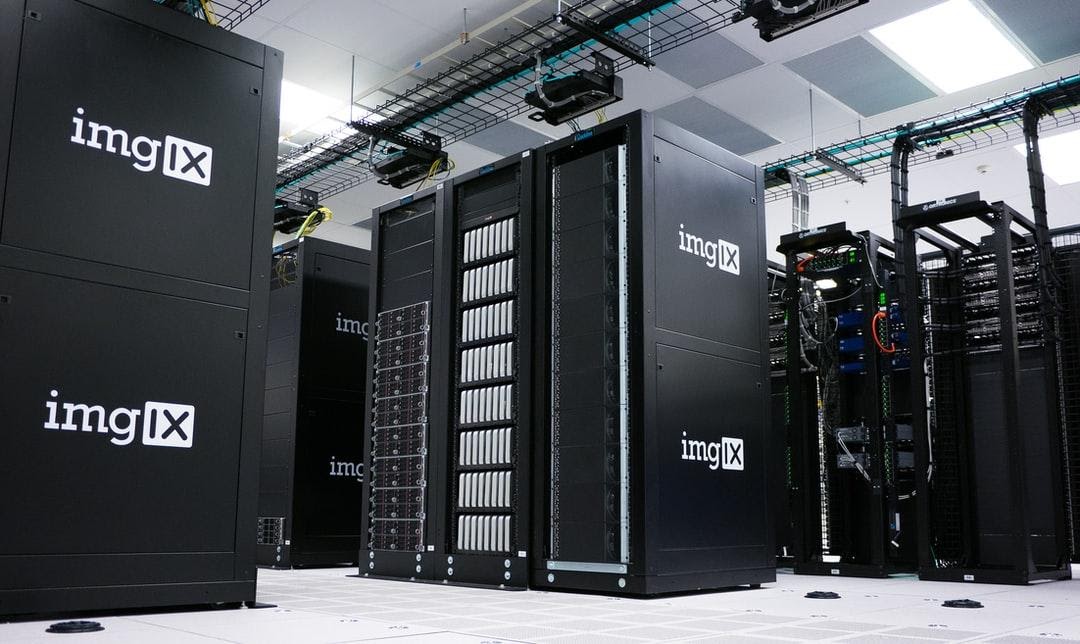Data centers are vulnerable to all manner of contamination. From the environment, dirt, dust, pollen, and other particulates can quickly accumulate within a server room. Mechanical components can produce their own forms of dust, and even humans who enter the data center can leave contamination in the form of dead skin, hair, and clothing fibers.
These contaminants, while small, can have a significant impact. Over time, they can cause considerable equipment damage — corroding, wearing down, and eventually destroying the sensitive parts that make a data center run smoothly.
It is for that reason that regular cleaning is so vital. It’s an integral part of preventing equipment failure and maximizing hardware efficiency. A routine cleaning schedule, coupled with some best practices in contamination prevention can help keep data centers running at peak performance.
General Cleaning Guidelines
First and foremost, it’s important for businesses to remember to leave most deep-cleaning tasks in the hands of professionals.
That being said, there are a few practices businesses can adopt that will help keep your data center that much cleaner, such as establishing a low-traffic “clean zone” or buffer area to limit human contamination, unboxing and cleaning new equipment outside of the data center, and remembering to clean footwear prior to entering sensitive areas.
When it comes to selecting professional cleaners, businesses will want to ensure that their products and cleaning equipment are in keeping with LEED (Leadership in Energy and Environmental Design) standards. This means that the products and equipment are more likely to be environmentally friendly and safer to use with sensitive hardware.
In addition to compliance with LEED standards, businesses should prioritize training their employees on guidelines and practices that will promote long-term data center cleanliness. This includes best practices for maintaining a clean data center and how to limit various sources of contamination.
To learn more about the importance of data center cleaning and how it’s done, be sure to check out the complete data center cleaning guide today.
Data Center Cleaning Schedule
While routine cleaning is helpful, it’s not a replacement for deep data center cleanings. Businesses should schedule these more intense cleanings once a year, followed by a “maintenance” cleaning six months afterward to help touch up important areas. Deep cleaning addresses the following main areas:
- Subfloor
- Ceiling Plenum
- Floor/Tiling
- Surfaces
- Tape Library
One goal here is to thoroughly remove contaminants from the data center’s cooling system, so during the deep clean, professionals will use HEPA vacuum cleaners — which are well-known for their ability to trap small bits of debris and dust — to capture as many contaminant particles as possible.
Contaminants can also accumulate on surfaces, though, so in addition to removing tiles and vacuuming those harder-to-reach areas, professionals performing a deep clean will also include vigorous surface cleaning with anti-static wipes and static dissipative cleaners. These serve the dual benefit of reducing the prevalence of recoating and helping to keep surfaces cleaner for longer periods of time.
Mid-year maintenance cleanings use the same equipment and will target many of the same areas as yearly deep-cleanings. Together, these two procedures optimize data center function and help prevent instances of irreparable harm.







